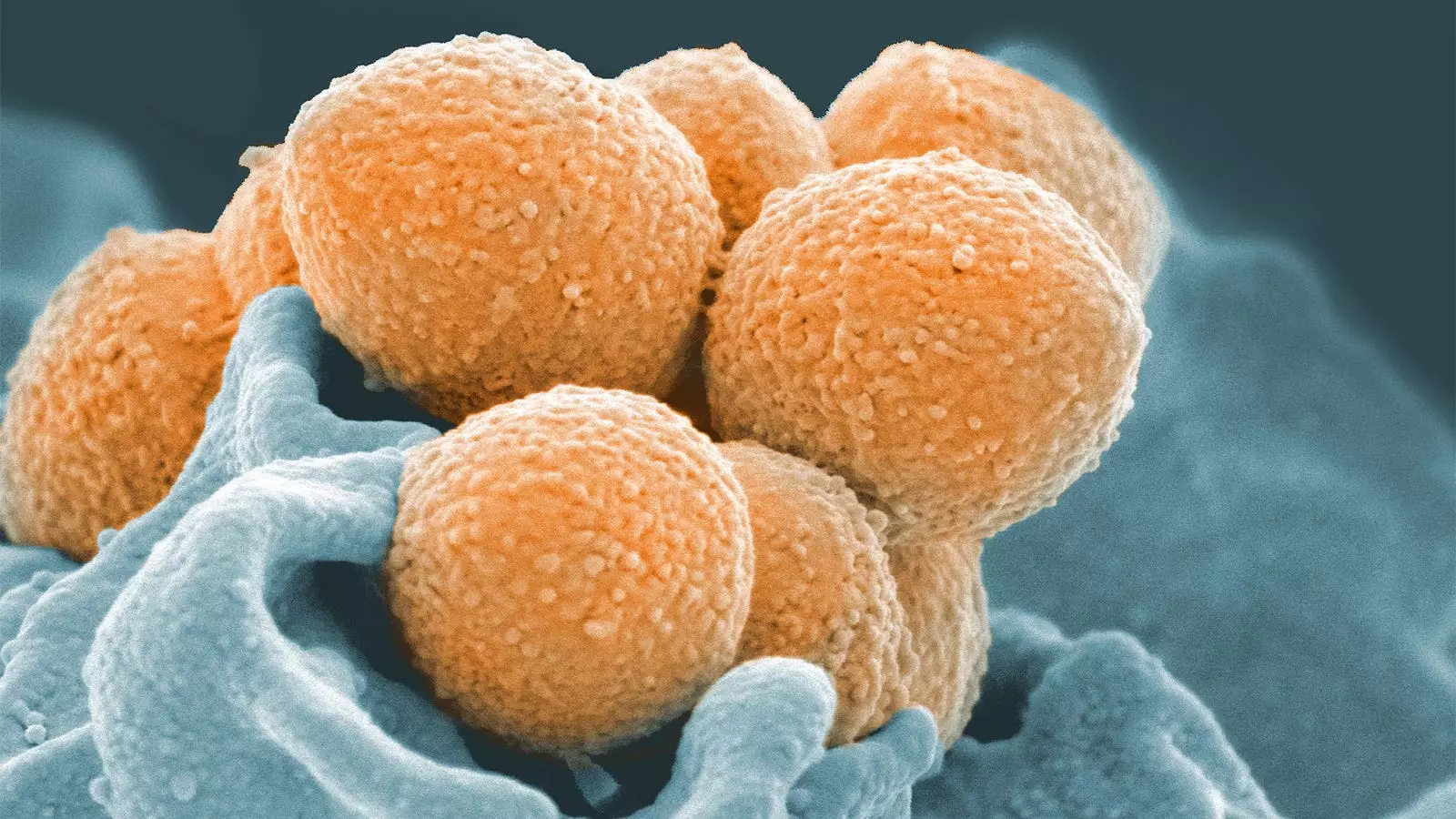The recent alert issued by Tokyo public health officials regarding the escalating cases of invasive group A Streptococcus infections, particularly streptococcal toxic shock syndrome (STSS), has raised significant concerns about the epidemiology of this deadly infection. As someone who has witnessed the devastating impact of STSS firsthand, it is evident that this fulminant infection poses a grave threat to public health. The rapid progression of STSS, leading to shock and organ dysfunction, mirrors the destructive force of a tornado tearing through the human body. In my practice as a physician specializing in infectious diseases, emergency medicine, and critical care, I have encountered numerous cases of STSS that have required swift and intensive interventions to combat the storm of deranged physiology.
Japan has reported over 500 cases of STSS in the first quarter of 2024, marking a significant increase compared to previous years. The majority of these cases are linked to skin and soft tissue infections, with a specific strain of group A Streptococcus, M1UK, identified as the culprit behind the surge in infections. The M1UK strain is known for its high toxicity and transmissibility, making it a formidable adversary in the battle against invasive streptococcal infections. The alarming rise in STSS cases in Japan has prompted health authorities to issue warnings and implement preventive measures to curb the spread of the infection, including the cancellation of large events to prevent potential outbreaks.
Unraveling the Underlying Causes
The underlying factors contributing to the changing epidemiology of STSS and invasive group A Streptococcus infections remain unclear. It is postulated that the disruptions caused by the COVID-19 pandemic may have played a role in the recent upsurge of streptococcal infections, as social distancing measures inadvertently increased the pool of susceptible individuals. The detection of the M1UK strain in Japan suggests a possible shift in the carriage rates of this highly virulent strain, highlighting the importance of surveillance and monitoring to track the spread of infectious pathogens. Understanding the dynamics of streptococcal carriage and transmission is essential in developing effective strategies to prevent and manage severe infections like STSS.
The resurgence of group A streptococcal infections in Japan serves as a stark reminder to healthcare providers worldwide to remain vigilant in recognizing and treating STSS. While the U.S. has also experienced an uptick in invasive streptococcal infections following the pandemic, it is crucial for clinicians to familiarize themselves with the distinctive features of STSS and be prepared to administer prompt and aggressive interventions to mitigate its devastating effects. The use of intravenous immunoglobulin (IVIG) has shown promise in controlling the immune dysregulation associated with STSS and reducing mortality rates. The lessons learned from the outbreak in Japan should serve as a wake-up call to clinicians globally, urging them to prioritize the early recognition and management of STSS to prevent needless loss of life.


Leave a Reply